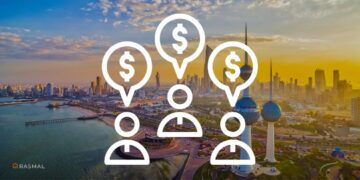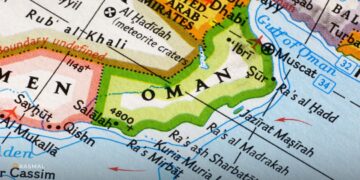- The World Bank projects GCC economic growth to rebound to 4.7% in 2025, up from a previous estimate of 3.8%.
- OPEC+ production quota relaxation in the second half of 2025 is expected to boost oil output and drive growth.
- The non-oil sector is anticipated to continue its robust growth over the medium term, supporting the overall economic outlook.
- Fiscal surplus in the GCC will narrow to 0.1% of GDP this year, with the current account surplus projected to decline slightly to 7.5% of GDP.
- UAE’s real GDP growth is forecasted at 3.9% this year, while Saudi Arabia’s growth is expected to increase from 2.5% in 2024 to 5.9% in 2025.
The World Bank has updated its economic growth forecast for the Gulf Cooperation Council (GCC) region, projecting a rebound to 4.7% in 2025, up from the previous estimate of 3.8% published in April.
This adjustment reflects the Bank’s optimistic outlook on the region’s economic recovery, particularly driven by anticipated improvements in oil output and a robust non-oil sector.
However, the growth forecast for this year has been revised downward to 2.8%, a decrease from the earlier estimate of 3.6%.
This revised figure was shared in the Spring 2024 Gulf Economic Update (GEU) report released by the World Bank on Wednesday.
Despite this year’s modest growth projection, the report emphasizes that the overall economic prospects for the GCC remain encouraging.
A significant factor contributing to the expected economic rebound in 2025 is the anticipated relaxation of production quotas by OPEC+ members during the second half of the year.
This relaxation is expected to boost oil output, which, coupled with the strong performance of the non-oil sector, will drive the region’s economic growth.
The non-oil sector is expected to continue growing robustly over the medium term, further supporting the overall economic outlook.
The report also highlights fiscal trends in the region, noting that the fiscal surplus will narrow this year, reaching 0.1% of GDP.
Meanwhile, the current account surplus is projected to decline slightly to 7.5% of GDP, compared to 8.4% in 2022. These figures indicate a slight tightening of fiscal conditions but still reflect a positive economic environment.
Country-specific forecasts within the GCC include an acceleration of the UAE’s real GDP growth to 3.9% this year.
Saudi Arabia is expected to see a growth rate of 2.5% in 2024, with a substantial increase to 5.9% in 2025. These projections underscore the varied but generally positive economic trajectories within the GCC region.
The World Bank’s revised forecasts suggest a positive economic rebound for the GCC, driven by both oil and non-oil sectors. This outlook highlights the resilience and adaptability of the region’s economies in navigating global economic uncertainties.
Follow us on Instagram, LinkedIn, and Twitter for startup & business news and inspiring stories of MENA businesses, entrepreneurs, startups, innovators, investors, and change-makers.
To report any issue or error in the story, please email us editor [at] rasmal [dot] com.
Last Updated on May 30, 2024 by Safiya K
























